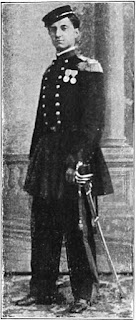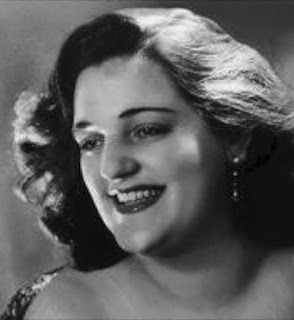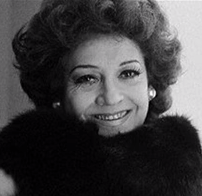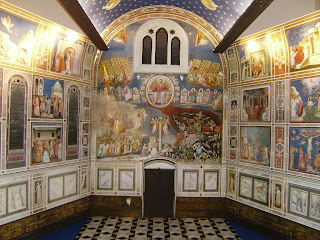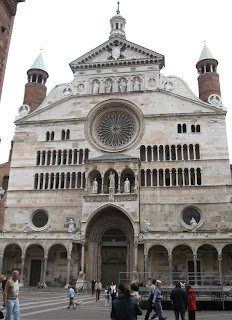19th century star was first to sing Verdi’s Otello
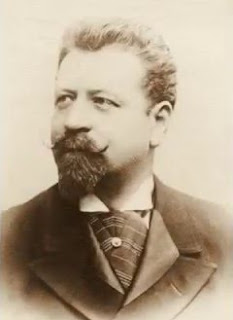 |
| Francesco Tamagno was a world-renowned star of 19th century opera |
Tamagno, whose powerful voice and range put him a category of singers known as heroic tenors by being naturally suited to heroic roles, developed a reputation that enabled him to command high fees around the world and amass a considerable fortune.
During a career that spanned 32 years from his debut in 1873 to his premature death at the age of 54, Tamagno sang in some 55 operas and sacred works in 26 countries.
In addition to his association with Otello, he also was the first Gabriele Adorno in Verdi's 1881 revision of Simon Boccanegra, and appeared in the premiere of Verdi's Italian-language version of Don Carlos when it was staged at La Scala in 1884.
Five other operas in which Tamagno is acknowledged as the creator of leading roles include Carlos Gomes' Maria Tudor, Amilcare Ponchielli's Il figliol prodigo and Marion Delorme, Ruggero Leoncavallo's I Medici and Isidore de Lara's Messaline.
From a large family in the Borgo Dora area of Turin, Tamagno was the son of a wine seller who also kept a small trattoria. He took music lessons at the city’s Liceo Musicale from the conductor and composer Carlo Pedrotti, who was able to arrange for him to sing some small parts at Turin's Teatro Regio, of which he was the director.
 |
| Tamagno as Otello in the 1887 premiere of Verdi's opera |
Quickly given more engagements, he made his debut at La Scala in 1877, as Vasco de Gama in Giacomo Meyerbeer’s L’Africaine.
Over his career, Tamagno was lauded for his interpretations of many established parts, such as Manrico in Il trovatore (Verdi), Don Alvaro in La forza del destino (Verdi), the titles role in Ernani (Verdi) and Poliuto (Gaetano Donizetti), Arnold in Guillaume Tell (Gioachino Rossini), John of Leyden in Le prophète (Meyerbeer), Raoul in Les Huguenots (Meyerbeer), Vasco in L'Africaine, Robert in Robert le diable (Meyerbeer) and Eleazar in La Juive (Fromental Halévy).
Conductors of the standing of Franco Faccio, Luigi Mancinelli and Arturo Toscanini toured with Tamagno, who appeared opposite some of the most illustrious sopranos, baritones and basses in operatic history.
He witnessed the rise to fame of Enrico Caruso, predicting that the young Neapolitan would go on to become the leading Italian tenor of the 20th century. Tamagno and Caruso actually appeared on the same stage in February 1901, during a concert at La Scala organised by Toscanini as a tribute to Verdi, who had died the previous month.
 |
| Tamagno recognised the talent of Enrico Caruso, with whom he once shared a stage |
He retired to the villa in Varese, Lombardy, that he had owned since 1885, but his health did not improve and died in August 1905, from a heart attack. His body was buried in an elaborate mausoleum at Turin's General Cemetery.
Although Tamagno sang in the great opera houses of Barcelona, Paris, Rio de Janeiro, Buenos Aires, New York, London, San Petersburg and Lisbon, he never deserted his roots and would periodically return to his neighbourhood around the Porta Palazzo in Turin, where he would meet up with old friends and give free performances to support local charities.
He had a daughter, Margherita, who had been born out of wedlock, but he took a close interest in her upbringing, writing letters to her from around the world as well as willingly giving her financial support. It was she who inherited his estate.
| The charming, cobbled Via Borgo Dora winds through the area where Francesco Tamagno grew up |
Borgo Dora is a small historic district of Turin, just north of Corso Regina Margherita around the Porta Palazzo, bordered to the north by the river Dora Riparia, only a few metres from Piazza Castello at the heart of the city. It is an area with a strong historical identity, the only survivor of the four villages that developed around the old gates of the city. The Via Borgo Dora, which loops around the area in a southeast direction from the Turin Eye, the tethered hot air balloon situated by the river, is a charming cobbled street with many restaurants and antiques shops. The area is also famed for its markets. The Piazza della Repubblica hosts a massive open air market every Saturday, with between 700 and 1,000 stalls, while the area around the Cortile del Maglio is the home to an enormous flea market every second Sunday in the month.
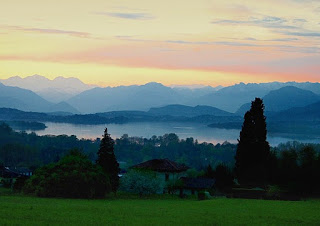 |
| The picturesque Lake Varese is just outside the city of Varese in Lombardy, south of the main Italian lakes |
Varese, where Tamagno retired to a grand villa, is a city in Lombardy, 55km (34 miles) north of Milan and not far from Lake Maggiore. It is rich in castles, villas and gardens, many connected with the Borromeo family, who were from the area. The small Lake Varese is 8.5km (5 miles) long, set in low rolling hills just below Varese. Many visitors to the city are drawn to the Sacro Monte di Varese (the Sacred Hill of Varese), which features a picturesque walk passing 14 monuments and chapels, eventually reaching the monastery of Santa Maria del Monte.
More reading:
Mario del Monaco, the 20th century tenor famous for Otello
Franco Corelli: the 'prince of tenors'
Why tenor Tito Schipa divided opinions
Also on this day:
1503: The death of Florentine ruler Piero the Unfortunate
1908: Italy's worst earthquake
1947: The death of exiled King Victor Emmanuel III
Home


